Traditional Craft Experience From
$400
Wara-zaiku (Straw Craft) Experience
-藁細工-
-
What is Wara-Zaiku?
Wara-zaiku is an endangered ancient traditional Japanese craft. It basically refers to any items made out of Japan’s plentiful supple of rice straw.
What will you do during this experience?
1. Meet and greet the master craftsmen behind Japan’s sumo rings and learn about the ancient craft.
2. Tour of the facility.
3. Get hands on and make on of the following:
Shimenawa-kazari (Shinto faith rope decoration)
Warakame (straw turtle)
Waraji (straw sandals)
4. Farewells and decide what to do with your handmade creation.
Time:
This is a half day experience requiring 2-3 hours.
Prices (USD):
$400 for 1 person
$100 per additional person
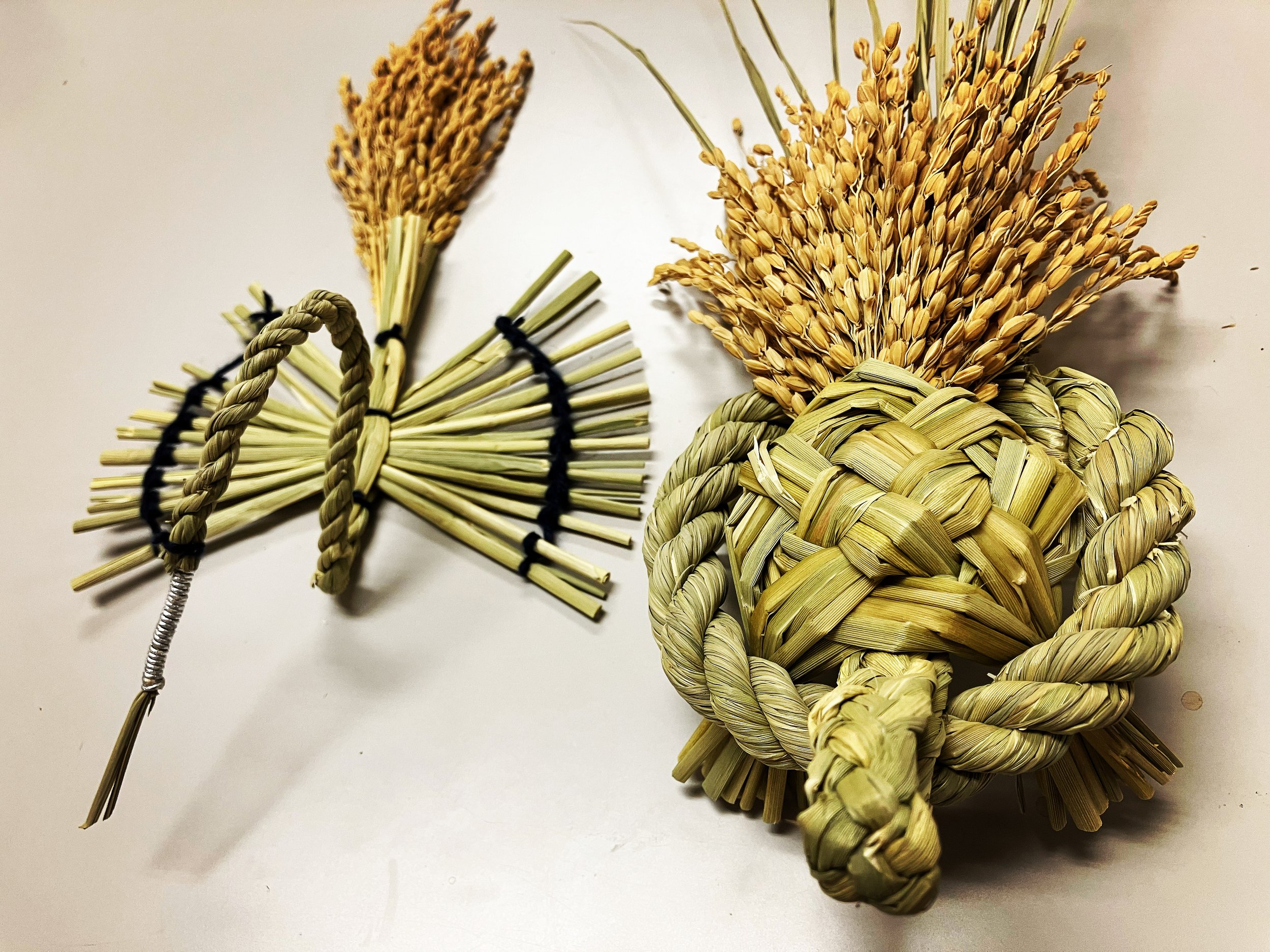
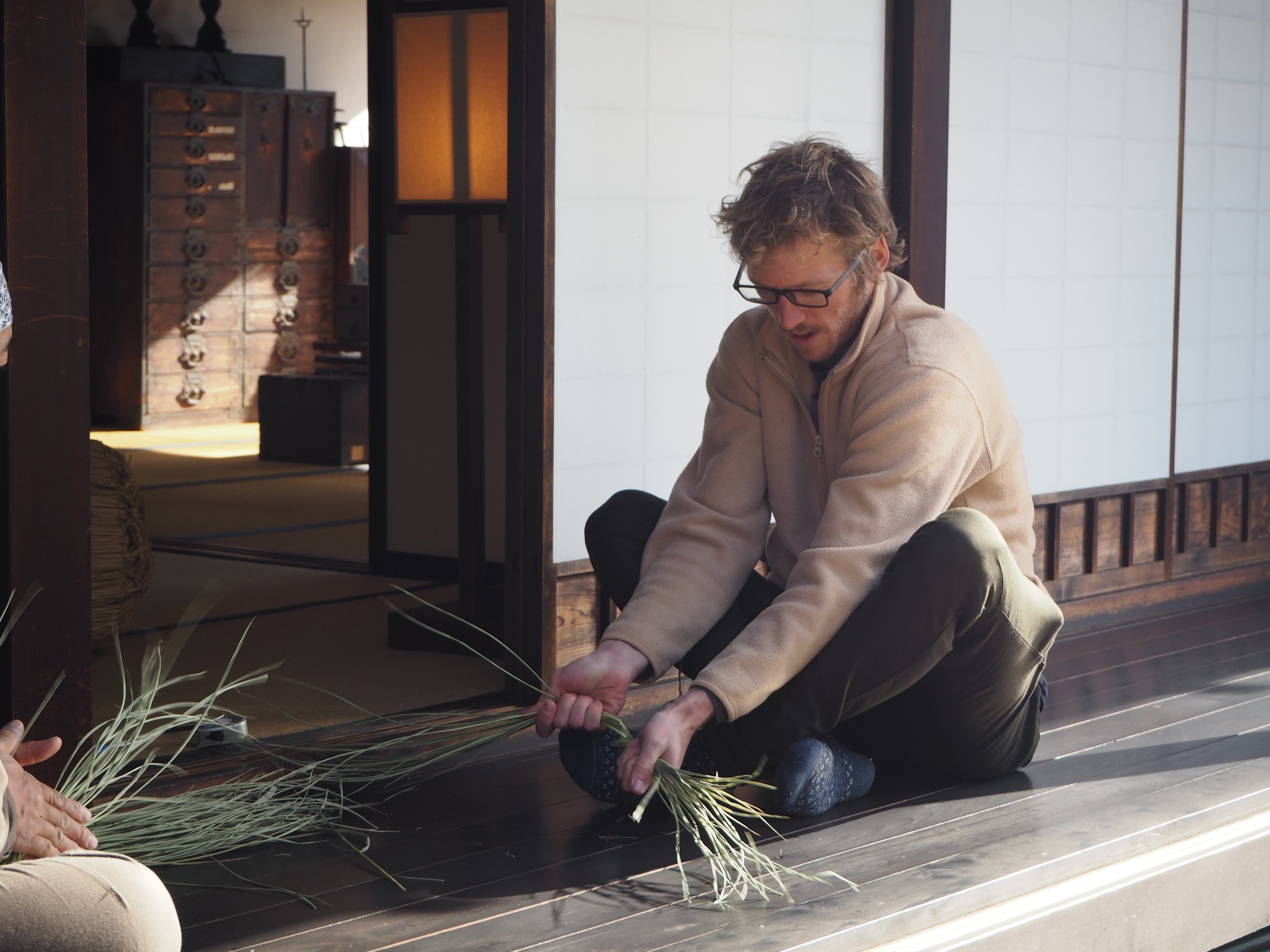
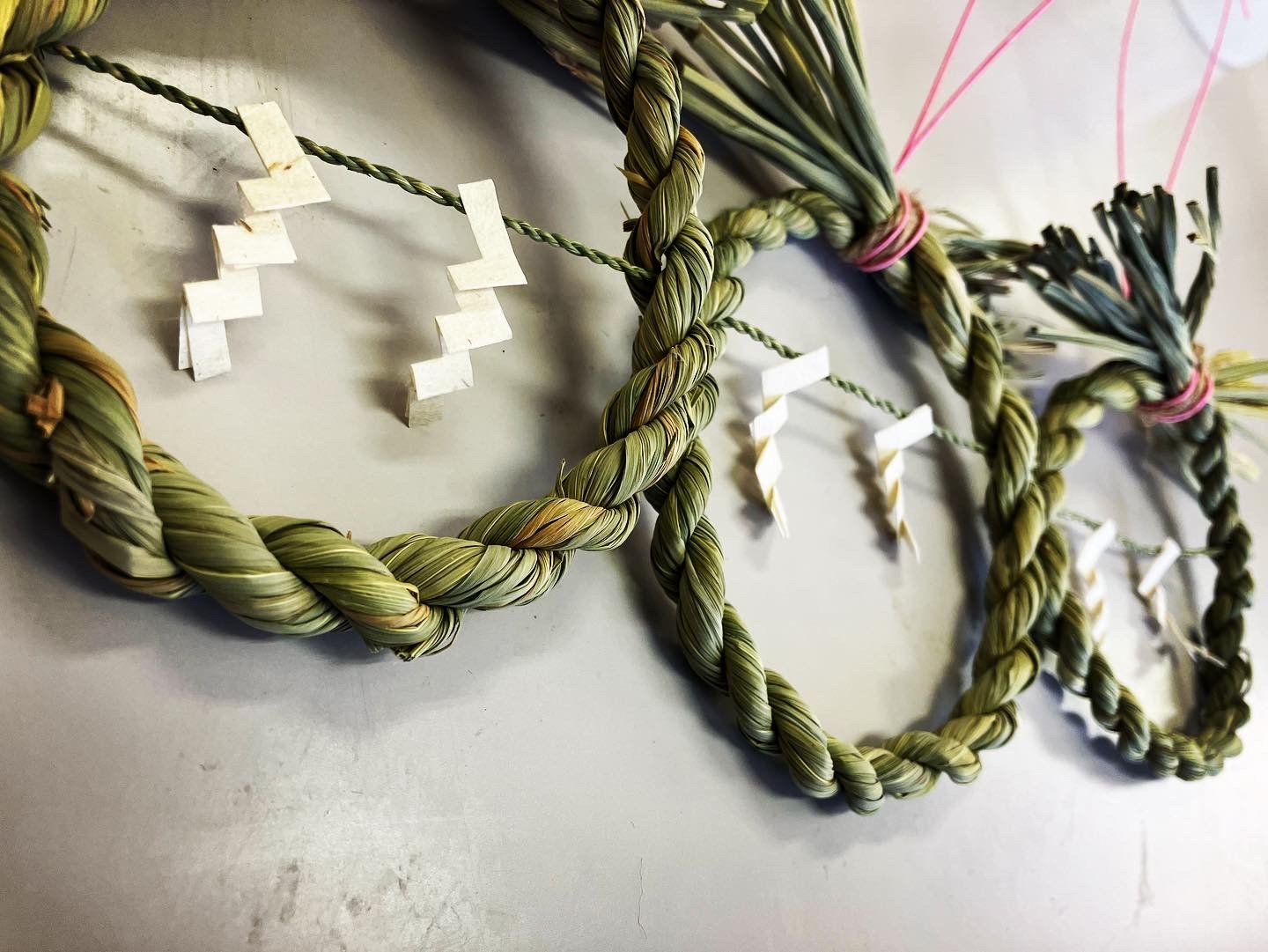





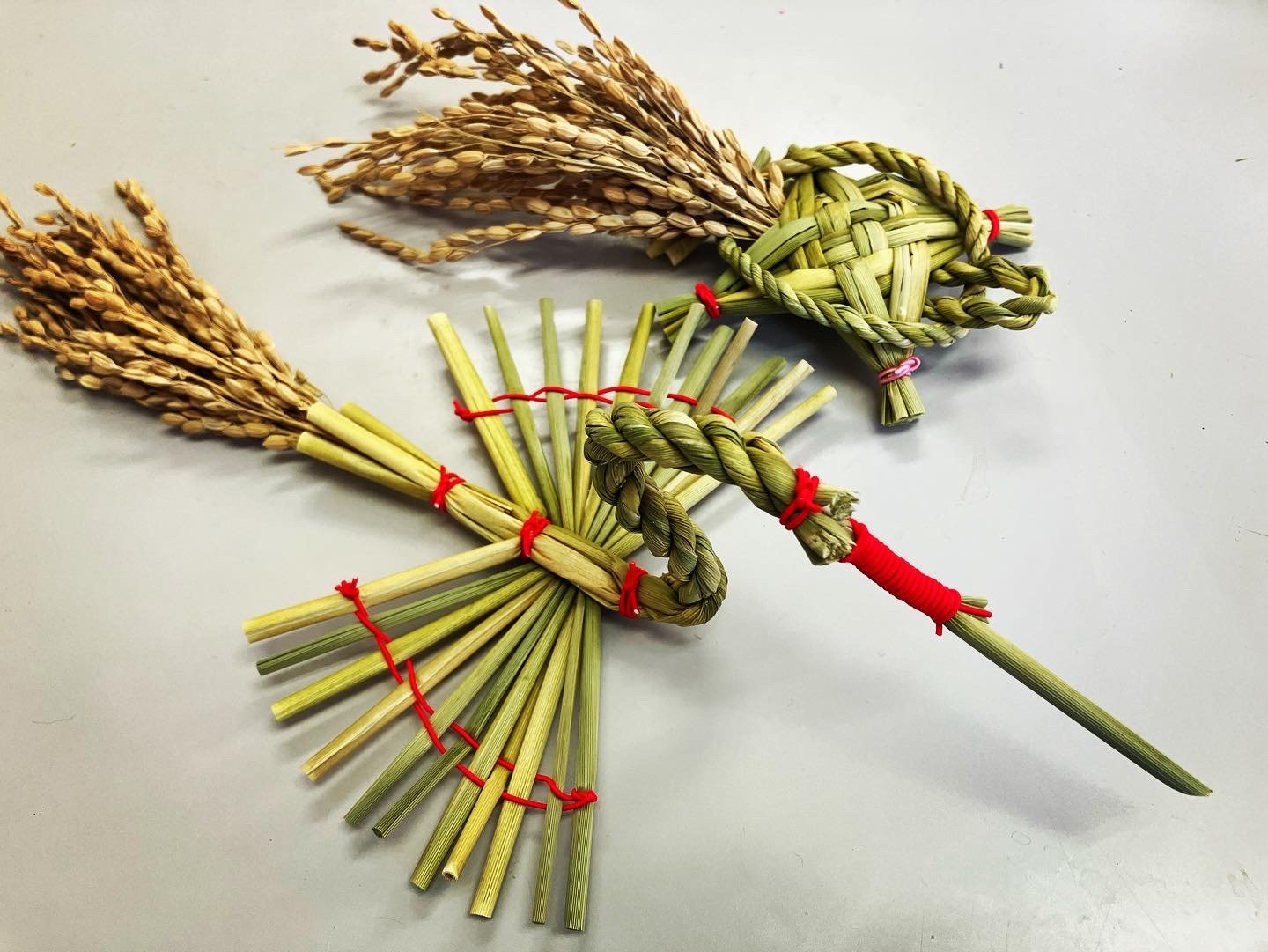

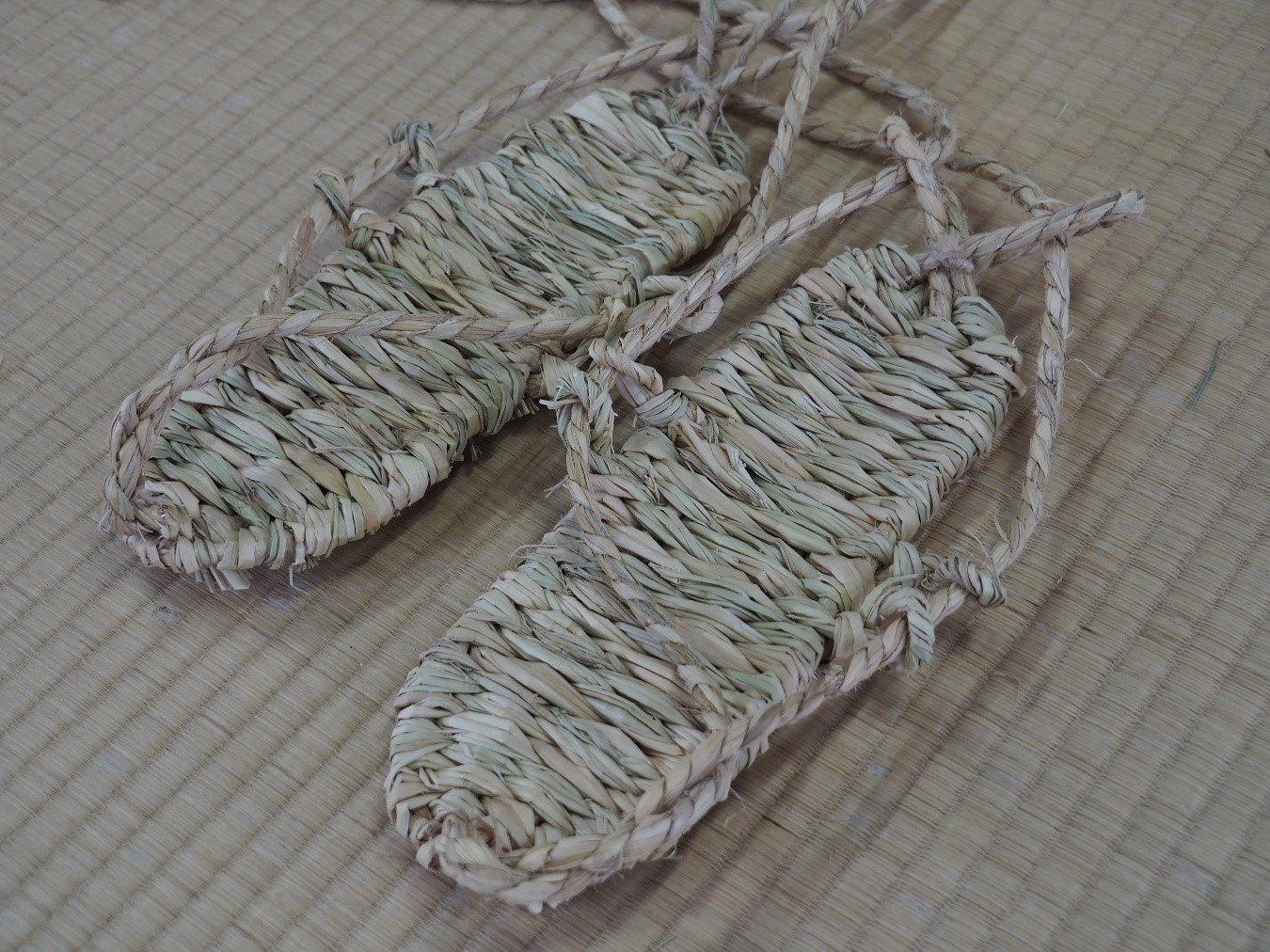
Here in the Ina Valley, two alpine mountain ranges, the Southern Alps and the Central Alps, border the towns and villages of this luscious place. The small town of Iijima sits quietly in the middle of the valley, with beautiful rice fields swaying in the wind and 3,000m+ mountains in the background. It here in this town that you can experience wara-zaiku for yourself.
What is wara-zaiku?
Wara-zaiku is an endangered ancient traditional Japanese craft. It basically refers to any items made out of Japan’s plentiful supple of rice straw. In ancient times almost everyone in Japan knew how to make basic things out of rice straw. Rice farmers would often spend their summers growing rice and their winters making things out of the straw. Shokunin, or master craftsmen, were omnipresent all through our Japan selling everyday goods from ropes to cushions, and kitchen ware to clothing. Nowadays the craft is all but dead. Only a handful of shokunin continue to keep it alive. I, the founder of this site, Mike, am, as far as I know, the only non-Japanese wara-zaiku shokunin in existence. I started to learn the craft in 2020 when I moved into this area. My teacher is a man by the name of Yuji Sakai. He is currently the shokunin who makes the sumo rings for Japan’s major sumo wrestling tournaments. Mr. Sakai and his small team of master craftsmen look forward to introducing you to wara-zaiku. Join me as I strive to save this wonderful culture from extinction.
What will you do during this experience?
Meet and greet: To start this special and incredibly rare experience, you will meet the wara-zaiku craftsmen who keep the trade alive. This may be Yuji Sakai, the master who makes all of Japan’s major tournament sumo rings, or one of his small trusted team of wara-zaiku professionals. Not only this, but your translator/guide, Mike, is also a trained craftsman of wara-zaiku. To start with you will sit down and learn about the history and basics of the craft.
Tour of the facility: Next you will take a look around the facility that is now used to protect the endangered craft. From huge warehouses full of straw, to the items being made inside the facility, there is no fancy shop to speak of, but rather a raw and real agricultural facility and the hardworking farmers and craftsmen that keep it alive.
Make your own item from straw: For this section of the tour you will get hands on and into the action. Your teacher will show you how to make one of the following items:
Shimenawa (しめ縄) - Rope made out of straw. Shimenawa is found in front of Shinto shrines all over Japan and represents the border between gods and men. The rope is used to make decorations, especially prevalent at New Year when people display them on their front doors to attract good spirits and ward off bad ones.
Warakame (藁亀) - In Japanese Shinto mythology, turtles live to 10,000 years old. To display a straw turtle or to gift one to someone is a blessing of long life. Turtles are particularly ideal for first time experiences of wara-zaiku.
Waraji (草鞋) - In ancient Japan, shoes were waraji and waraji were shoes. These straw sandals were a part of everyday life in Japan up to around 100 years ago. Of the three items available, these are probably the most strenuous to make. After you have made them, why not try them on and walk in the shoes of samurai gone before.
Farewells: To finish with, you will either take your handmade item with you (please be warned that you may not be able to take it through customs to your own country so this is done at your own risk) or hang it at a nearby shrine, where it will be displayed until New Year. Then it will be burned in January at the Japanese Dondoyaki festivals where such straw decorations are burned each year, with the locals cooking mochi over the flames, to bring them health and prosperity.
How do you get there?
Mr Sakai’s wara-zaiku workshop is located less than five minute walk from Iijima Station, on the JR Iida Line. This very rural, slow but scenic train line is a great way to get there. As a general rule, the tour will start at Iijima Station, but if this is not convenient for you, please contact us and other arrangements can be made.
How to make a half day into a full day?
This tour can easily be combined with the following tours to make a full day tour:
-
Instruction from a master craftsman of wara-zaiku.
Translator/guide fluent in both Japanese and English.
Materials for experience.
-
Transportation.
Souvenirs and any other personal costs.
Delivery costs.
-
$400 for 1 person
$100 per additional person
-
To lock in a booking, payments must be made at least 30 days in advance of the tour. If you are booking within 30 days of your tour, the total price of the tour must be paid immediately. Once the tour has been agreed upon, we will send you a credit card payable invoice. Our cancellation policy is as follows:
30 days prior: Free
29-15 days prior: 30%
14-7 days prior: 70%
6 days prior and beyond: 100%
